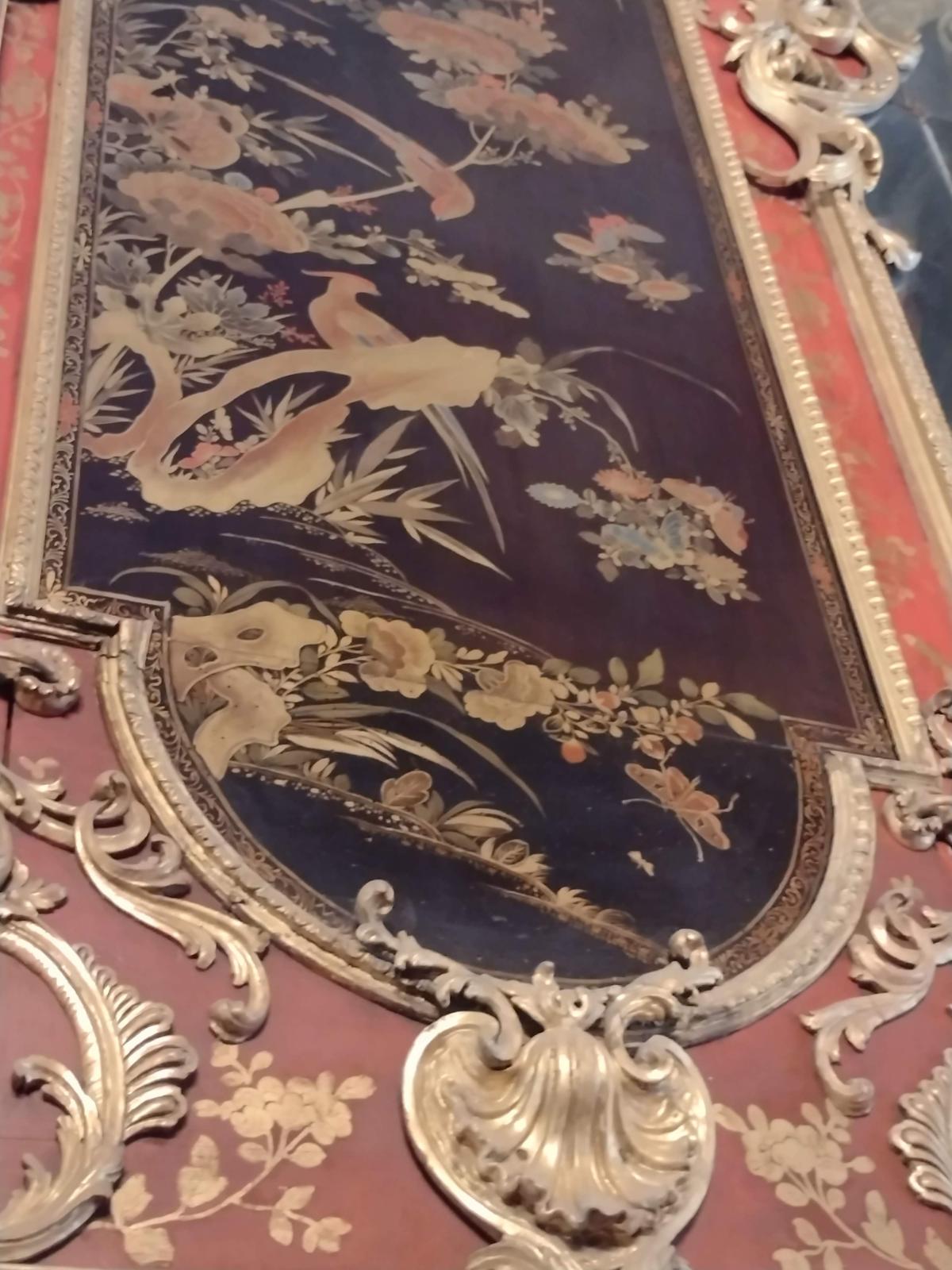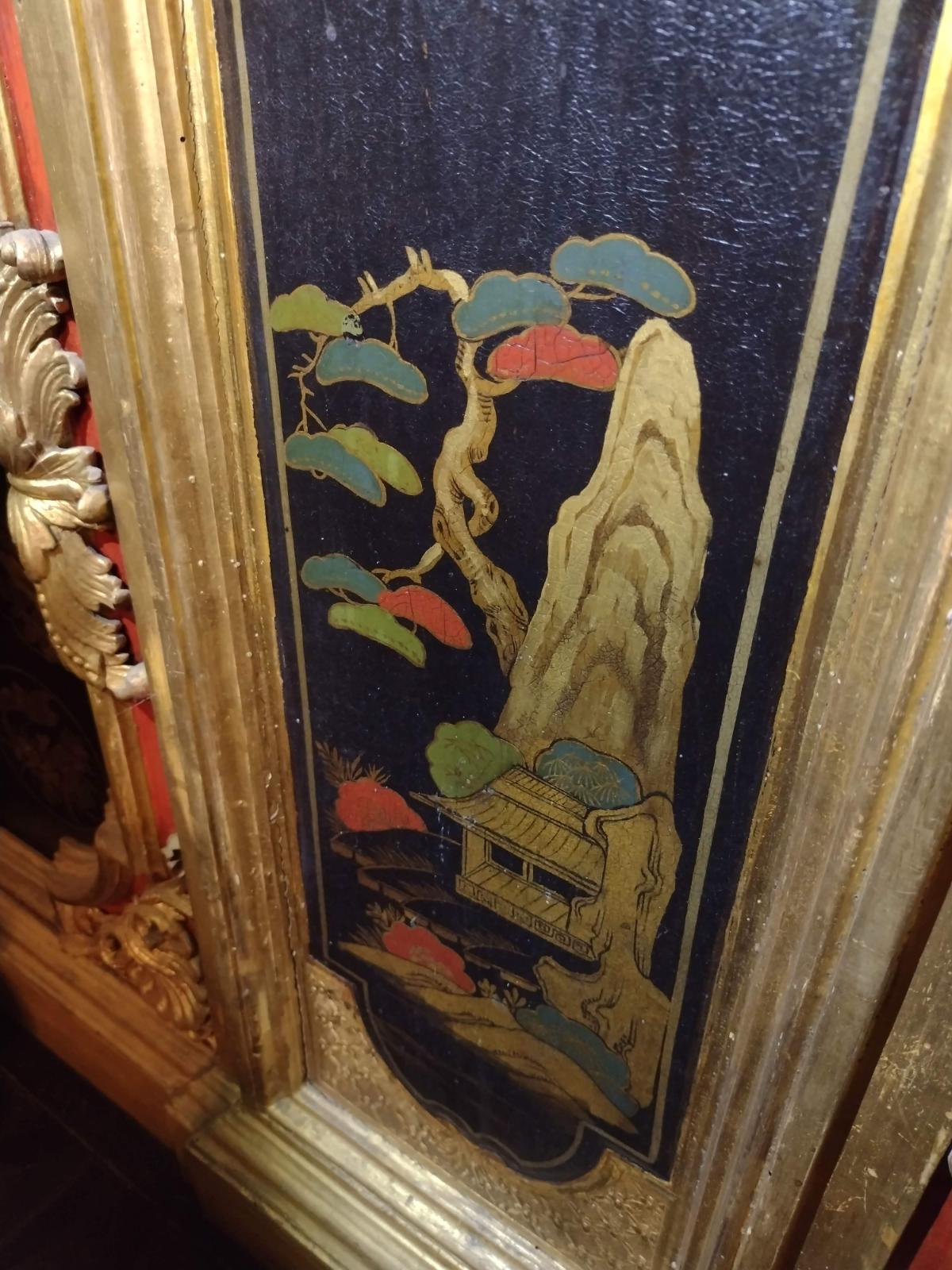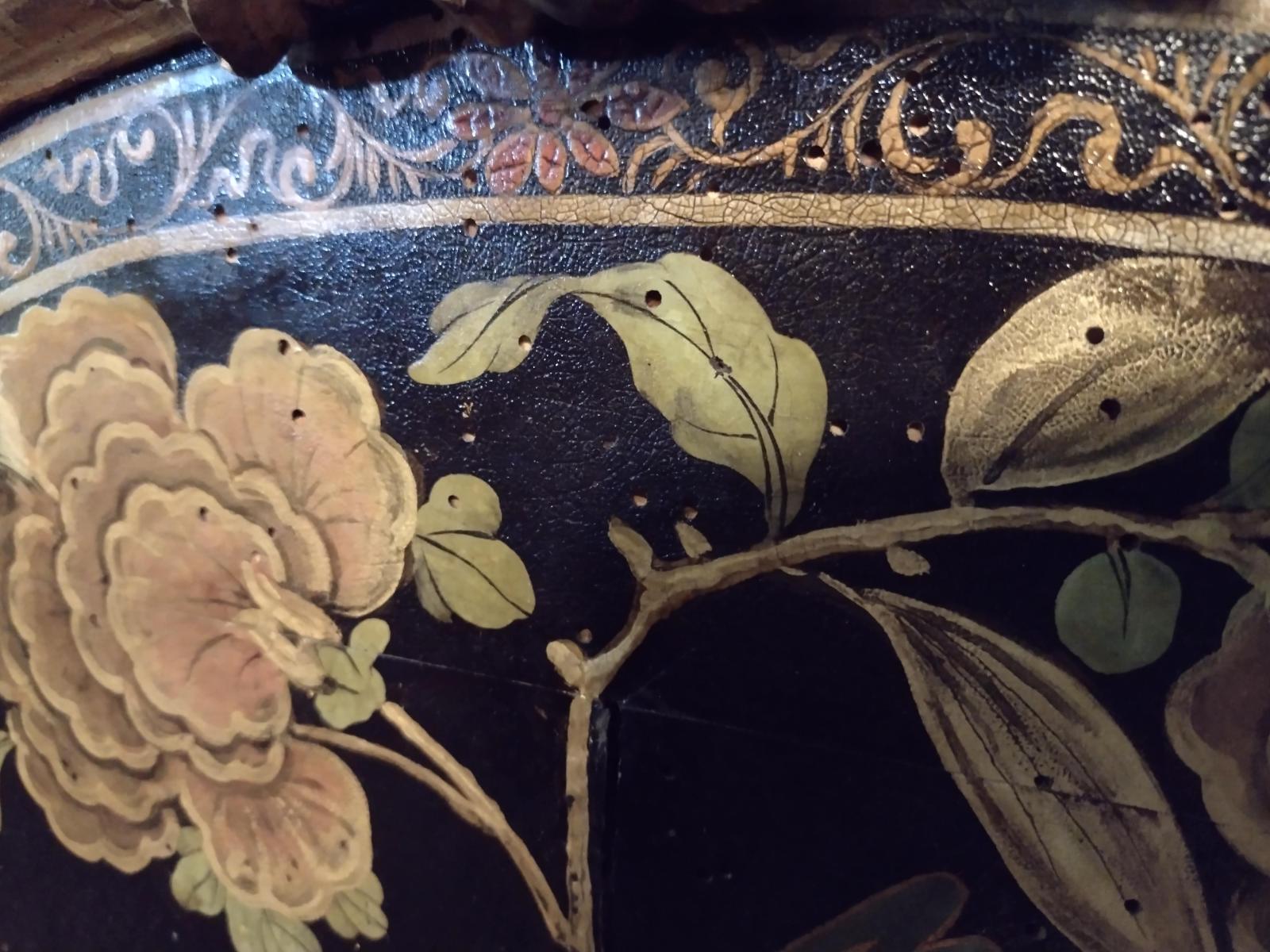Italy
by Kenta Takeshige
As can be seen in Marco Polo's (1254?-1324) travel to the East, in the 13th century merchants from Genoa and Venice in northern Italy actively travelled to the Near East1 to buy exotic products and take them back to Europe. Venice was the most important international trading hub for materials and technology. These products included pottery, textiles, jewellery and lacquer crafts. Venice attracted lacquer artifact from the Persian (Islamic) world, and as a result, for centuries, Venice was also the only place in Europe with the greatest accumulation of knowledge about lacquer.
Venetian craftsmen studied Islamic lacquer and produced lacquer works using patterns with Islamic elements such as arabesques.2 The production (imitation) of Islamic lacquer crafts in Venice during Marco Polo's period became the birthplace of European lacquer crafts, which, several centuries later, came into contact with Asian lacquer crafts from the Far East.
The expanding hegemony of the Ottoman Empire3 in the early 16th century became an obstacle to direct trade with Persia, and when Venice was forced to obtain imported goods via Istanbul, trade with the Near East effectively came to a standstill. In contrast, the centre of eastern trade shifted to Portugal and Spain, who had developed new sea routes and had thriving maritime trade, and then to England and the Netherlands.4
Although there is less information about lacquer craft in Italy than in other countries, the interior decoration of the Royal Palace of Turin is noteworthy. In the mid-18th century, at the request of Victor Amadeus II of the House of Savoy and his successor Charles Emmanuel III, the Chinese Room was built in the Royal Palace of Turin. This room was designed by Filippo Juvara (c. 1676-1736), and the decorative walls were made from dismantled panels of Chinese lacquerware purchased in Rome. The missing parts were filled in with panels on the japanning technique by Pietro Massa (year?).



-
The Near East is a transcontinental region around the East Mediterranean encompassing parts of West Asia, the Balkans, and North Africa, including the historical Fertile Crescent, the Levant, Anatolia, East Thrace and Egypt. ↩
-
A style of Islamic art made of repeating geometric patterns (often based on plant or animal shapes). The method of selecting, shaping, and arranging the geometric patterns is based on the Sunni Islamic world-view, which prohibits the depiction of human figures. ↩
-
The Ottoman Empire is a multi-ethnic empire with an emperor from the Türk (later Turkic) Ottoman family. In the 15th century, they defeated the Eastern Roman Empire and conquered its capital, Constantinople (present-day Istanbul), making it their own capital. The largest area in the 17th century expanded significantly from the Middle East to Africa and Europe. It spanned a vast territory from Azerbaijan to Morocco in the east and west, and from Yemen to Ukraine and Hungary in the north and south. ↩
-
Portuguese Trade: The Portuguese were the early leaders in establishing maritime trade routes to the Far East. The voyages of Vasco da Gama in 1498, who successfully navigated around Africa’s Cape of Good Hope to reach India, marked the beginning of European exploration and trade in Asia. The Portuguese sought spices, silks, and other luxury goods that were highly valued in Europe. They established several strategic trading posts and fortresses along the coasts of Africa, India (such as Goa), Southeast Asia, and China (Macao). Their control over these posts allowed them to dominate the spice trade until the late 16th century.
English Trade: The English entered the trade with the Far East slightly later, primarily through the formation of the East India Company in 1600. This was a joint-stock company established to break the Portuguese and Spanish monopolies on trade with the East Indies. The company focused on securing trade in spices and textiles and establishing trading posts in India. Over time, it expanded its operations to include China and other parts of Asia. The English East India Company played a significant role in the history of British colonialism in India, laying the groundwork for eventual British control over the subcontinent.
Dutch Trade: The Dutch were also major competitors in the race to dominate trade with Asia, founding the Dutch East India Company (VOC) in 1602. The VOC was incredibly successful and influential, becoming the first multinational corporation to issue stocks. The Dutch focused heavily on the Indonesian Spice Islands, displacing the Portuguese and establishing a monopoly over the spice trade, especially in nutmeg, mace, and cloves. They set up their colonial capital in Batavia (modern-day Jakarta) and were known for their strict and efficient control of trade routes and production centres.
Impact of Trade: The competition among these European powers led to numerous conflicts and shifts in power in the regions where they established a presence. Their activities had profound effects on local economies and societies, disrupting traditional trade networks and often involving coercive practices like controlling local production or imposing monopolies.
These interactions also facilitated cultural exchanges, introduced new technologies, and significantly impacted the global economy, setting the stage for further European imperialistic endeavours in Asia and other parts of the world. The legacy of this era is complex, with lasting effects on the regions involved that are still evident today. ↩
